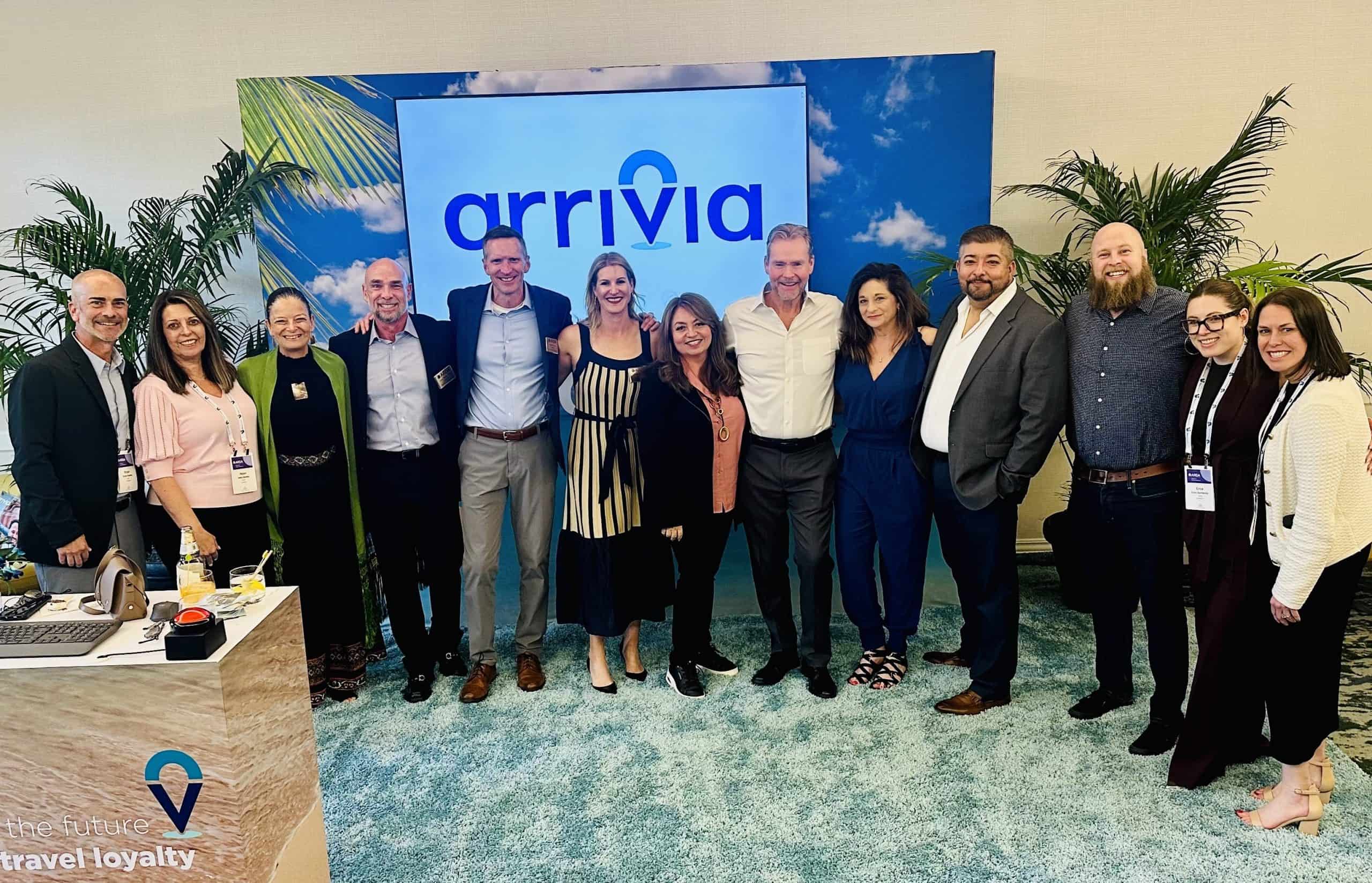How do you build loyalty and retention, not just for now but for the long term? After all, if it were so easy, every business would do it — but there’s a reason why nearly 50% of new businesses fail within the first five years, and it’s not due to a lack of a business plan or a brand image. It’s due to a lack of customer support. Fortunately, customer retention loyalty programs can help with that.
If you’re interested in your organization’s customer retention loyalty program, it’s imperative first to define what ‘retention’ means for your brand. Are you looking to decrease churn and improve customer lifetime value? Or would you rather increase loyalty and enhance customer advocacy? No matter your objective, here’s how to implement impactful customer retention loyalty programs.
Why is There a Need for Customer Retention Loyalty Programs?
The number of private sector establishments that survived their opening year plummeted from 569,387 in 1994 to just 78,152 in 2023. Shifting marketing dynamics and volatile economies have simply made it more difficult for new businesses to survive, let alone thrive. Effective loyalty strategies for businesses are now necessary when paired with evolving customer expectations.
As per a recent Deloitte survey, seven out of 10 consumers consider loyalty programs the leading factor in cementing brand loyalty, viewing a brand’s customer loyalty program as more important than its website, mobile app, or social media presence combined. This could explain why modern consumers flock to loyalty programs, with the average shopper belonging to nearly 17 programs.
However, recent evolutions in customer behavior have meant that many loyalty programs are no longer living up to customer expectations, which have progressed considerably. Today’s consumers anticipate specialized treatment and enhanced customer service in exchange for loyalty. Understanding how these dynamics have shifted is vital to designing relevant customer retention loyalty programs.
Understanding Customer Retention Loyalty Programs
With a myriad of changes sweeping the loyalty landscape, what is the pain point addressed by customer retention loyalty programs? Customer retention loyalty programs primarily focus on building long-term customer relationships that extend beyond transactional interactions. They nurture devoted customers that drive increases in the number and value of purchases.
In other words, customer retention loyalty programs power business growth.
It’s well-known that retaining existing customers is far more cost-effective than acquiring new ones, as evidenced by the fact that 80% of a brand’s future profits come directly from 20% of its current customers. One in two consumers is a routine loyalty rewards user, deploying a minimum of one loyalty program at least once monthly, boosting repeat purchases and word-of-mouth referrals.
Likewise, it’s been continuously proven that loyalty programs are strategic tools for incentivizing ongoing customer engagement, which is pivotal when striving for business growth. Effective loyalty programs encompass far more than mere discounts and promotions, and instead foster a true sense of appreciation and connection between a brand and its customers for long-term relationships.

Benefits of Customer Retention Loyalty Programs
Customer retention loyalty programs emphasize genuine emotional connections between businesses and clientele. By offering exclusive rewards, personalized experiences, and, more importantly, authentic acknowledgments of loyalty, brands strengthen that emotional connection. Here are the benefits you can expect from effective customer retention loyalty programs.
Financial Benefits of Loyalty Programs for Businesses
There is a significant upside to improving customer retention. As mentioned, retaining customers is more budget-friendly than acquiring new ones. By investing in loyalty programs, businesses can allocate their resources more efficiently, focusing on nurturing relationships rather than chasing new leads. So, how much do customer retention loyalty programs increase customer retention?
Well, the lifetime value of loyalty program members is 6.3× higher than non-members, driving considerable repeat purchases that often increase in average transaction amounts. Rewards points, tiered perks, or exclusive discounts incentivize customers to choose the brand repeatedly, making increasing customer lifetime value (CLV) with loyalty initiatives a no-brainer for today’s brands.
Operational Benefits of Loyalty Programs for Businesses
Beyond the financial benefits of loyalty programs, there are considerable operational advantages when deploying a customer retention loyalty program. For one, customer retention loyalty programs are rich in valuable customer data. Businesses can track customer preferences, purchasing patterns, and engagement levels to fine-tune marketing messaging and more.
Speaking of marketing, modern brands also have innate organic marketing potential among loyal customers. Satisfied customers enrolled in retention loyalty programs are far more likely to recommend the brand to friends and family. Word-of-mouth referrals contribute to acquiring new customers and scaling your business, often at a lower cost than traditional marketing methods.
Key Components of Effective Loyalty Programs
If customer retention loyalty programs have proven one thing, it’s that building customer loyalty through rewards is possible — and the programs practically scale themselves when designed correctly. Here are the essential components of loyalty programs to consider.
1. Clear Value Proposition
The value proposition of your customer retention loyalty program refers to the assortment of advantages your program promises to deliver. A straightforward value proposition is vital for an effective loyalty program that attracts — and retains — members. Loyalty programs must clearly communicate the benefits customers will receive. Whether through discounts, exclusive access, or personalized rewards, the value proposition should resonate with your target audience’s preferences and needs.
2. User-Friendly Structure
Aside from an obvious value proposition, one of the best practices for customer retention programs is to feature a user-friendly structure. Loyalty programs should be easy to understand and participate in, period. Complicated structures can deter customers from engaging, while simplicity enhances accessibility and encourages active participation, especially at a time when brands that provide premium service through their loyalty program can earn enhanced customer engagement and increased spending.
3. Personalized Incentives
Effective consumer loyalty programs tailor rewards and incentives based on individual customer preferences and behaviors, as determined by data collection permitted by each user. This personal touch increases the program’s perceived value and enhances the overall customer experience. As a matter of fact, seven in 10 consumers anticipate that brands will deliver personalized interactions, and another 76% of consumers report feeling frustrated when reward incentives are not personalized.
4. Omnichannel Accessibility
Did you know that most consumers now access loyalty rewards via smartphone applications? Now, more than ever before, a non-refutable best practice for customer retention programs is to be accessible across various channels, especially mobile wallet solutions. Loyalty programs should seamlessly integrate with the customer’s journey through online platforms, mobile apps, and in-store experiences. An omnichannel approach ensures utmost inclusivity and convenience.
5. Tiered Rewards System
A customer retention loyalty program can be designed in multiple systems, from basic points-based perks derived from user purchase amounts to more complex tiered loyalty systems. Tiered programs reward members with varying benefits according to their tier status. Graduated rewards create a sense of achievement for customers, encouraging them to progress within the program for higher-value rewards. Likewise, this structure allows businesses to differentiate rewards based on customer loyalty levels.
Customer Retention Metrics and Aligning Loyalty Programs with Business Goals
Aligning customer retention initiatives with overall business objectives is paramount when increasing customer lifetime value with loyalty initiatives. Your loyalty program should be designed to support and enhance your broader business goals, whether related to customer churn and revenue growth, brand positioning and advocacy, or market expansion.
The best way to ensure that your customer retention loyalty program is working in harmony with your general business goals is through continuous measurement. The most effective loyalty strategies for businesses monitor the following metrics consistently:
- Repeat Purchase Rate: This rate tracks the percentage of customers who have purchased more than once in a single period (monthly, quarterly, etc.), demonstrating retention success.
- Customer Lifetime Value (CLV): Measures the total revenue a brand anticipates from a single customer throughout the business relationship, which should increase.
- Customer Churn Rate: Monitors the percentage of customers who cease business or members who don’t renew over a period, helping to gauge program efficiency.
- Net Promoter Score (NPS): This score calculates customer loyalty by surveying their likelihood of recommending your business or loyalty program, signaling brand advocacy.
How arrivia Helps Businesses Implement Customer Retention Loyalty Programs
Customer retention loyalty programs have emerged as time-tested solutions to build long-term customer relationships and forge authentic bonds with customers — bonds that transcend simple transactions. If you’re looking to implement a customer loyalty program that helps execute your customer retention and revenue goals, look no further than the experts at arrivia.
Increasing customer lifetime value with loyalty initiatives has never been easier than it is with arrivia. We offer end-to-end travel rewards technology that’s fully customizable and ready to integrate with your existing infrastructure. We’ll help craft the right loyalty currency and rewards structure that works in your customers’ and your business’s best interests.
Explore our features to learn more.




